UPDATE2 Lords Inquiry Calls for UK to Deploy Robust Fibre Optic Broadband
The House of Lords Select Committee Inquiry into the UK government’s superfast broadband plan has published its first report, which criticises the lack of “strategy” and failure to focus upon “eliminating” the rural digital divide. Crucially it calls for the roll-out of a “robust and resilient national network” that should be linked primarily by open access fibre optic lines; but only if home owners pay for it first.
The current Broadband Delivery UK (BDUK) plan, which has a budget of £530m (could rise to £830m by 2017 if necessary), aims for 90% of people in the UK to be within reach of a superfast broadband (24Mbps+) service by 2015 (the last 10% get speeds of at least 2Mbps) and for us to have “the best superfast broadband network in Europe“. Additional funding will also come from the EU, local councils and the private sector.
A separate £150m Urban Broadband Fund (UBF) has also been established to boost superfast broadband services in selected cities, while another £150m has been setup for the Mobile Infrastructure Project, which will help to make the next generation of “4G” Mobile Broadband services available to “at least 98%” of the country by the end of 2017.
But the Select Committee report warns that the government is “preoccupied with speed” rather than focusing upon access and the need to create a “‘future proof’ national network which is built to last“. It further warns that the related investment, without change, could end up becoming a “missed opportunity” by delivering improvements “for those with already good connections“. Happily it also states that it is “not too late to change course“, although to do so now would be very challenging.
Lord Inglewood, Committee Chairman, said:
“The Government is quite right to make broadband a policy priority – barely an aspect of our lives isn’t touched in some way by the internet, and developments look set to continue apace in the future. A whole host of services will increasingly be delivered via the internet – including critical public services – and without better provision for everyone in the UK this will mean that people are marginalised or excluded altogether.
If broadcast services move to be delivered via the internet [IPTV] for example, as we believe they may be, then key moments in national life such as the Olympics could be inaccessible to communities lacking a better communications infrastructure.
Our communications network must be regarded as a strategic, national asset. The Government’s strategy lacks just that – strategy. The complex issues involved were not thought through from first principle and it is far from clear that the Government’s policy will deliver the broadband infrastructure that we need – for profound social and economic reasons – for the decades to come.”
To resolve all of these issues the Committee has set out a series of interesting proposals, which centres itself upon the creation of a “robust and resilient national network, bringing open access fibre-optic hubs within reach of every community” (e.g. FTTP). On the surface this sounds similar to the Digital Hub idea that the government themselves first coined back in 2010 (here), although the report states that “since then, the idea appears to have drifted somewhat from their plans“.
Indeed most people think that the original “Digital Hub” idea was effectively identical to BT’s superfast FTTC supporting street cabinets, although today’s report proposes something much more stringent for its Open Access Fibre-Optic Hubs.
Report Explanation for an Open Access Fibre-Optic Hub
[This] refers to a physical object—in all likelihood a box—situated in the vicinity of a community. Its job is to act as a waystation between that community and the broadband infrastructure that spreads out across the rest of the country. Running into the hub from the wider network would be an ample number of fibre-optic cables, which in the first instance, would be ‘dark,’ in the sense that no data traffic will yet be running over them. The reason for this may be, for example, that it has not yet been connected in any way to the properties in the community around it.
An important feature of the hub, however, is that the dark fibre running into it should be open access; so that anybody is permitted to build a link between a premises in the community and a fibre in the hub by installing their own passive or active electronic equipment in between, and then rent the existing fibre they are connecting to, which extends the connection from the premises out from the hub and onto the wider network. This would enable any type of compatible access network to be built by any local community, SME or infrastructure provider.
Europe also believes in open access to Dark Fibre lines (here) and this is one of the reasons why some BDUK funding approvals have been held-up, although Ofcom’s recent review of the UK’s £2bn business telecoms market (here) stopped short of recommending truly open access to BT’s dark fibre and instead proposed “that less intrusive remedies are likely to achieve similar benefits for consumers” without “adding costs and encouraging inefficient entry” into the market.
Summary of the Committee’s Recommendations
* Ofcom should consider employing its Article 12 powers to oblige infrastructure owners to provide open access to dark fibre at the level of the cabinet, and active and passive access, together with rights to install and collocate active equipment on relevant links at the level of the exchanges and other nodes.
* We urge the industry to work to ensure there is an organisation with the capacity to act as an intermediary between an array of separate network providers and larger-scale ISPs. We note that the existence and effectiveness of such an organisation would be vital to the success of an open access fibre-optic hub model. [the Committee is aware that INCA are already attempting to do this]
* The Government should consider, not least in light of the EU Commission’s current consultation and the issues this raises concerning open access to dark fibre as a condition of State Aid, what the implications might be for broadband policy of a new ‘house with a tail’ model emerging in which the property owner becomes responsible for the construction and maintenance of their own final drop.
* We recommend that consideration should be given over time by the Government, Ofcom and the industry as to when and under what conditions fibre switchover would be appropriate and what implications it would have. [This means that in the future a ‘Digital Switchover’ style move from the existing/old copper to new fibre optic infrastructure might become necessary]
* The Government should undertake a detailed costing of the Committee’s proposal, not least because it removes the final mile – the most expensive per capita component of the network – from the costs requiring public subsidy [See ‘house with a tail’ above]
* That the Government pay urgent attention to the way public funds are being distributed, particularly the operation of the Rural Community Broadband Fund
* The Government & industry should consider the long term possibility of switching terrestrial [TV] broadcast from spectrum to the internet [IPTV].
Clearly there are a lot of noteworthy recommendations in the full report (linked at the bottom) and most would have a significant impact upon the government’s existing strategy and BT regulation. For example, the idea of shifting some of the costs for the “final drop” into homes (i.e. “new ‘house with a tail’ model“) could burden some rural households with a significant extra cost (it’s always hard to estimate these things but some might have to pay up to £1,000 to £2,000 or possibly more – depending upon operator, location and technology).
The focus upon providing open access to Dark Fibre, which Ofcom and BT don’t want to see happen, is another area of contention but one that will need to be resolved before the European Commission (EC) is comfortable enough to grant further Local Broadband Plan (LBP) approvals for the UK. Overall BT looks set to face stiffer regulation, with most of the report’s recommendations appearing to pick apart access to the operator’s national telecoms network.
A BT Openreach Spokesperson told ISPreview.co.uk:
“This report calls for fibre broadband to be brought within reach of as many communities as possible via an open network. That is already happening with BT making fibre available to a further four million homes alone whilst the committee has deliberated. This new network – which already passes 11 million homes and which will soon pass millions more – is open to all ISPs on an equal basis and more than 50 ISPs are using it.
Companies can also lay their own fibre using BT’s ducts and poles [PIA] should they wish so there is plenty of room for competition. This level of open access is unparalleled in Europe and so the UK is well placed to have one of the best super-fast networks in the continent by 2015.”
Officially BT won’t say too much, although a source within the operator told ISPreview.co.uk that the report appeared to be out of touch with the real world (e.g. expecting home owners to pay for the construction of their own last mile connectivity) and suggested that it had a blurred, instead of an “alternative“, vision of the market.
The government now has up to 3 months to review the committee’s proposals before reporting back before the end of this year.
Lords Select Committee (Communications) – Superfast Broadband Inquiry
http://www.parliament.uk/business/committees/committees-a-z/lords-select/communications-committee/inquiries/parliament-2010/superfast-broadband1/
UPDATE 1:01pm
The Independent Networks Cooperative Association (INCA), which works to support the development of next generation internet access around the UK and is attempting to establish an alternative group of altnet ISPs, has given its response to today’s report.
INCA Statement
INCA members have welcomed the House of Lords report ‘Broadband for All – An Alternative Vision’ as a very useful contribution to the debate about how we get the best next generation broadband infrastructure available to as many of our citizens and communities, as quickly as possible. Two areas highlighted in the Lords Report are particularly significant: open access and community hubs.
The Lords Report proposes that state funding should only go to operators that are prepared to provide open access down to the passive layer – i.e. dark fibre. This is strongly supported by INCA members, many of whom are keen to contribute towards building this new national infrastructure, but only on terms that don’t disadvantage them in competition with BT. The European Commission shares this perspective as demonstrated in the new European state aid guidelines published in June 2012 (See INCA’s commentary).
The original ideas for community hubs were put forward by groups developing community broadband projects, often in the most challenging areas for extending broadband reach. By ensuring that all communities have access to fibre backhaul, accessible on a non-discriminatory basis, local schemes can flourish, stimulating demand, raising investment and partnering with the private sector. The government itself acknowledged this in the plan ‘Britain’s Superfast Broaband Future’ published in December 2010, but this approach seems to have become sidelined in the subsequent BDUK process.
Hyperoptic, an urban focused fibre optic broadband ISP, has also added a few remarks of its own.
Dana Tobak, Managing Director of Hyperoptic, said:
“The news today from the Lords Communications Committee that states the Government’s broadband strategy needs to focus on reach over speed suggests there is room for compromise, when there is none. The Government should focus its strategy and funds on rural coverage; its aim to achieve access for 100% of the UK by 2015 should remain a primary focus for them. However, if the UK wants to be a global broadband leader, then we cannot just park the issue of speed. While the Government focuses on expansion, the need for speed is already being addressed by innovative ISPs that are starting to rollout hyper-fast services in the UK.
Clearly, addressing the speed and reach issues simultaneously are too big a task for the Government to swallow. So how about the Government just focuses on access in rural areas and leaves the issue of speed to ISPs like us? There is one thing we ask, please don’t trivialise the issue of speed – it’s just as important as coverage and a requisite if the UK ever wants to compete in the global broadband arena.”
UPDATE 1:18pm
The Country Land and Business Association (CLA), a land owners lobby group for England and Wales, has also welcomed most but not all of today’s report.
CLA Deputy President, Henry Robinson, said:
“Although hundreds of millions of pounds is being poured into building a better broadband network, rural areas are largely ignored by the major telecoms companies which compete to roll out faster speeds to areas that already have a good service. Recognition by the Lords Committee that access is more important than speed is extremely welcome.
With only two out of the nine bidders for local authorities to choose from, BDUK has a flawed procurement process. The concerns raised by the Lords, coupled with those already expressed by the CLA, should force the Government to intervene.”
But Robinson noted that the CLA did not agree with the Lords’ recommendation that using fibre optic is the best approach for delivering broadband infrastructure. “The CLA advocates a patchwork quilt model that uses the most appropriate technologies for a certain area, rather than using a single technology. An over-reliance on a single model is limiting the Government’s chance of meeting its 2015 deadlines,” he said.
Mark is a professional technology writer, IT consultant and computer engineer from Dorset (England), he also founded ISPreview in 1999 and enjoys analysing the latest telecoms and broadband developments. Find me on X (Twitter), Mastodon, Facebook and Linkedin.
« EU Giving High Priority to Resolution of UK Superfast Broadband Delay
Latest UK ISP News
- FTTP (5516)
- BT (3514)
- Politics (2538)
- Openreach (2297)
- Business (2262)
- Building Digital UK (2245)
- FTTC (2044)
- Mobile Broadband (1973)
- Statistics (1788)
- 4G (1664)
- Virgin Media (1619)
- Ofcom Regulation (1461)
- Fibre Optic (1395)
- Wireless Internet (1389)
- FTTH (1381)

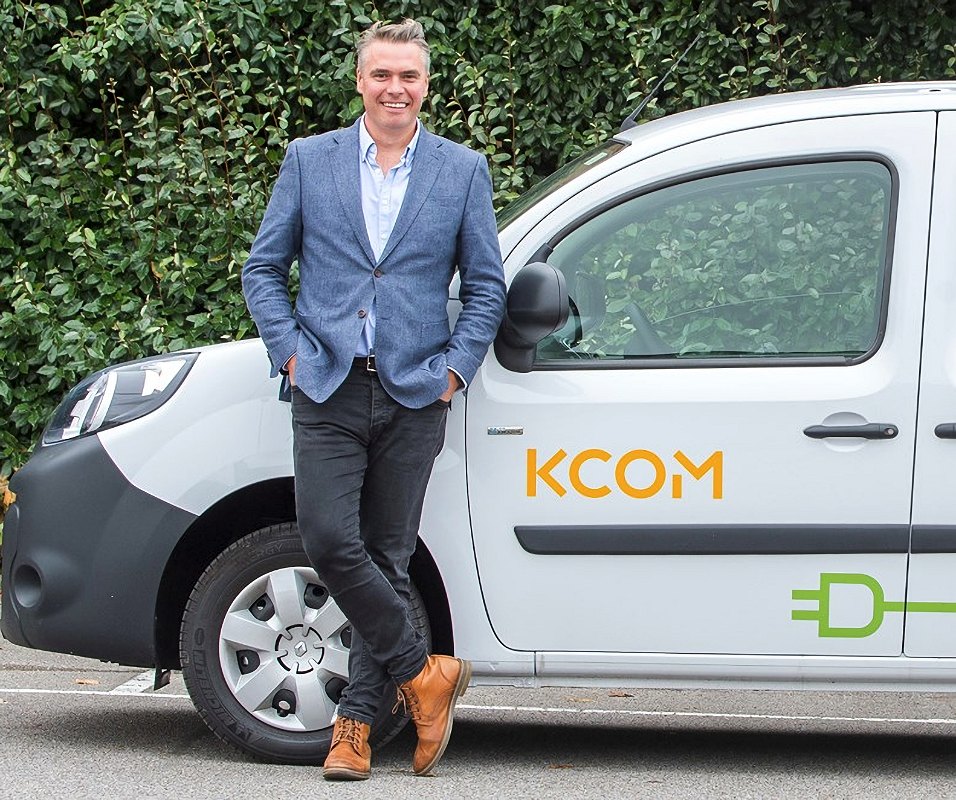

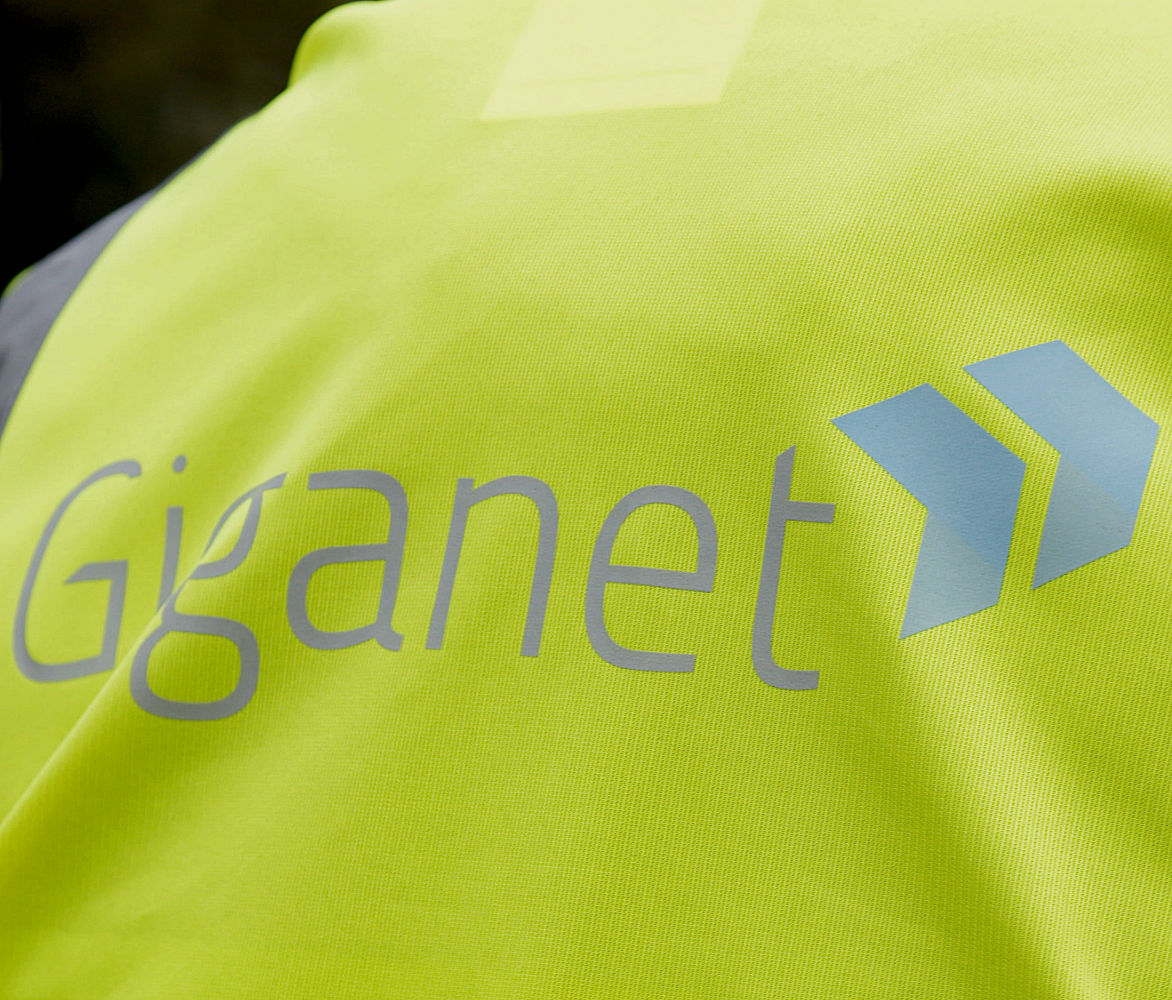

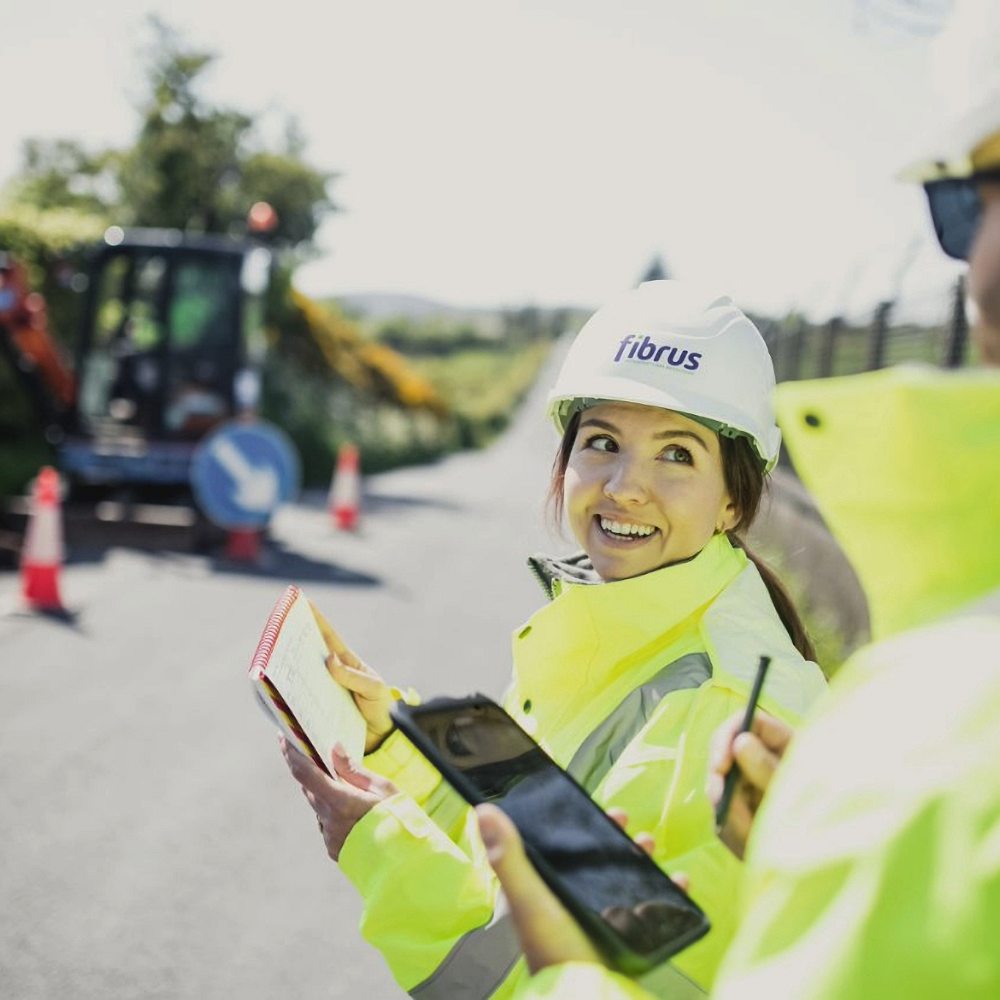
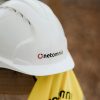



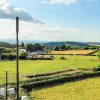





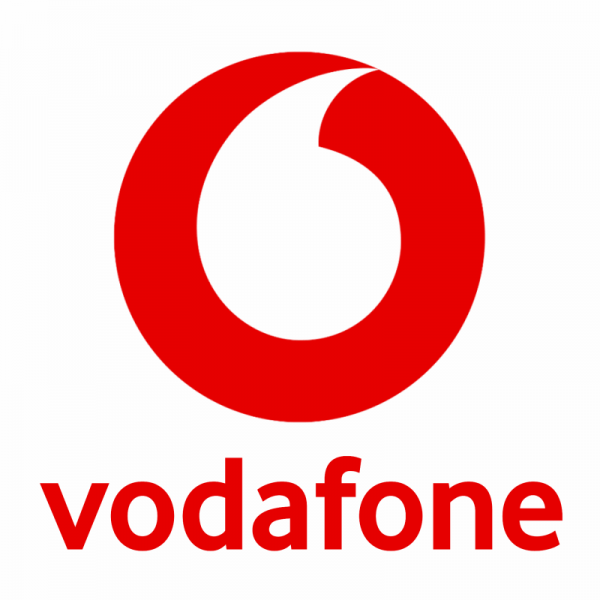

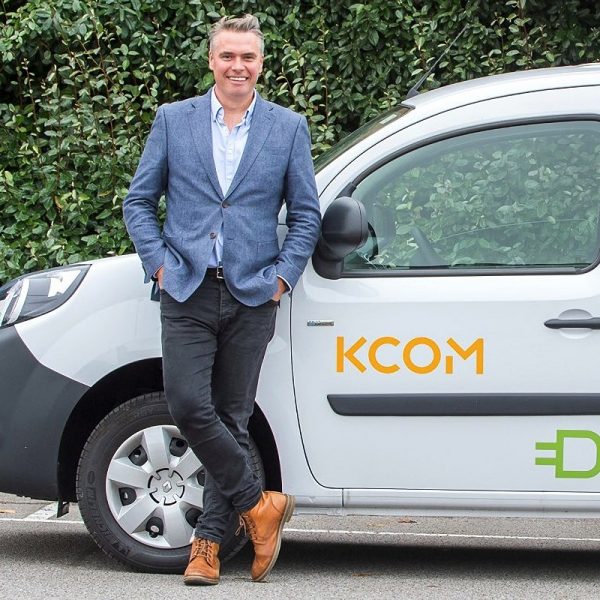
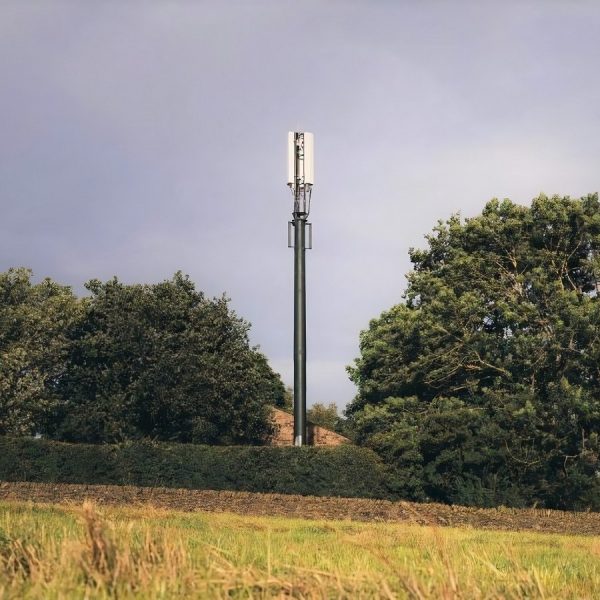
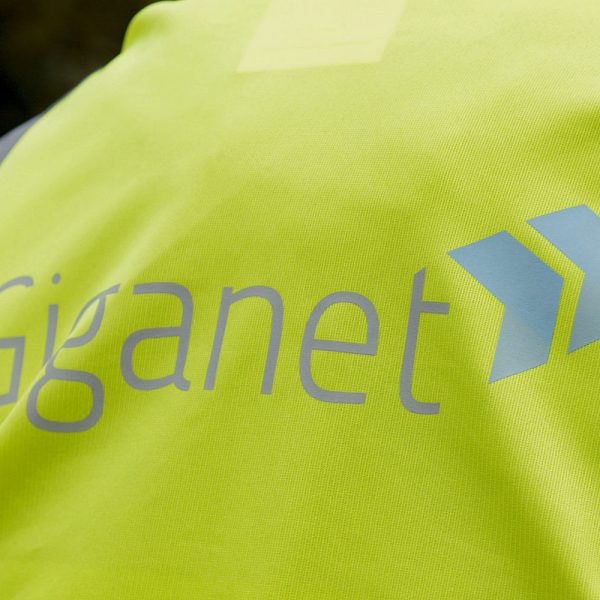



































Comments are closed